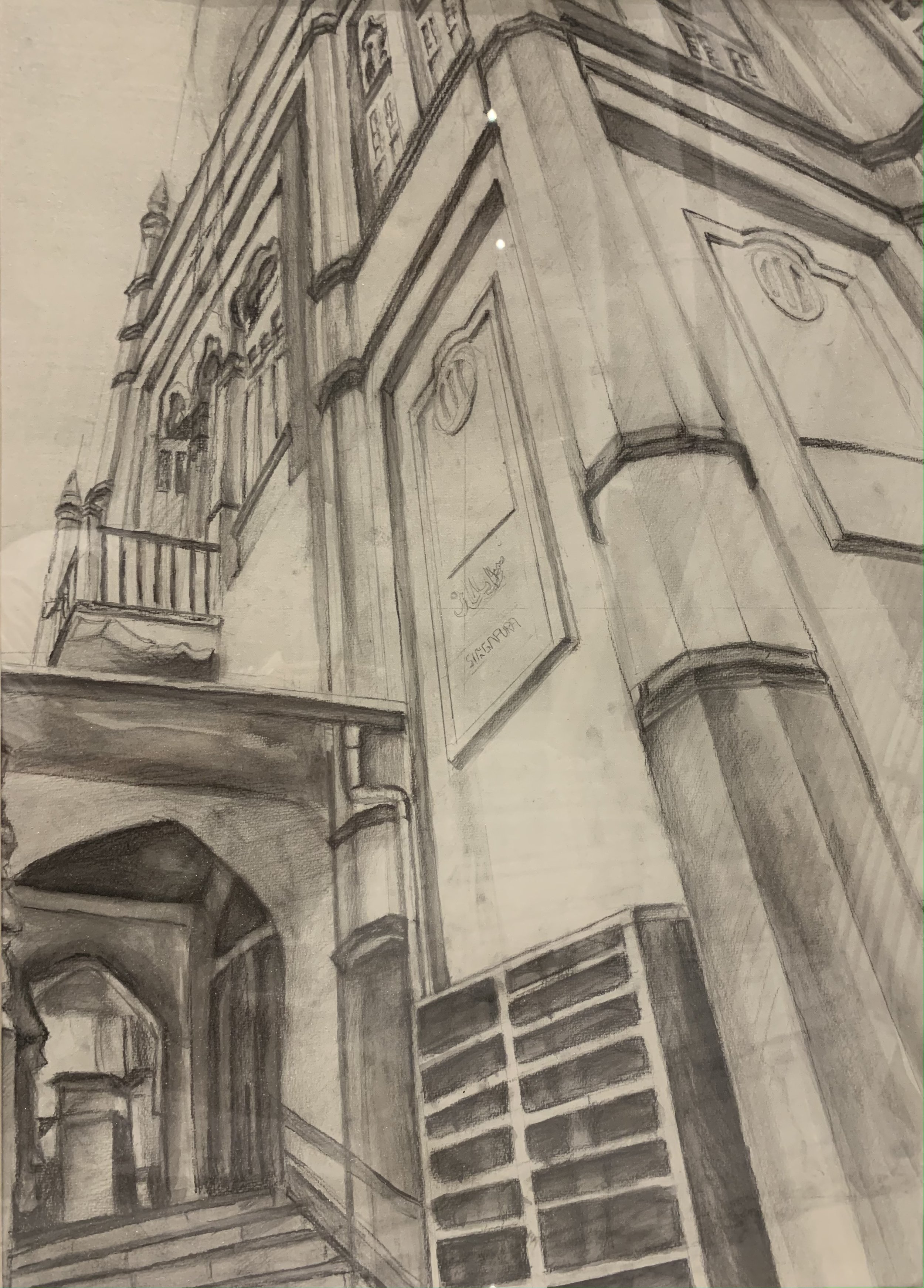Art Classes
Abstract
For Abstract art, a viewer doesn’t need to “get” an artwork or try to figure out what it means. Abstract art aims to evoke feelings that can be interpreted differently by each viewer.
There is not necessarily a solid meaning, narrative, or singular explanation for what an abstract painting aims to convey. The artist themselves may not ever verbalize the “meaning” of abstract artwork. Instead, they use their freedom of expression and trust their intuition to create artwork that provides different experiences to each individual.
Instead of using recognizable natural forms, abstract art uses shapes, forms, colors, and textures. Abstraction describes the distancing of an idea from objective references.
To understand abstract art, you will need an open mind and some capacity for imagination. It is important to realize that creating and viewing abstract art is very personal.
Acrylic Painting
Acrylic painting uses polymer-based acrylic paints which is quick to dry and safe to use. It can be used to create watercolor effects on canvas or paper.
Acrylic painting techniques are different styles of manipulating and working with polymer-based paints, some of these techniques includes :
1. Dry Brush – simply apply paint onto the canvas with a dry brush
2. Washing – Washing makes your acrylic colors more translucent
3. Stippling
4. Splattering
5. Dabbing
6. Sponging
7. Palette Knife
8. Detailing
9. Pouring etc…
Sketching
Sketching traditionally refers to a preliminary rough type of drawing that an artist might make in preparation for either a painting or a more formal drawing (like a study) sketching is often about capturing a mood or key feature of the subject. It helps to stimulate creative thought, increase observational skills and of course, develop visual artwork ideas in all mediums.
Water Color Painting
Watercolor is a painting method in which the paints are made of pigments suspended in a water-based solution.
Watercolor paper is the most traditional and common support material for watercolor painting. Other support material includes papyrus, bark papers, plastics, vellum, leather, fabric, wood, and watercolor canvas (coated with a gesso that is specially formulated for use with watercolours). Watercolor paper is often made entirely or partially with cotton. This gives the surface the appropriate texture and minimizes distortion when wet. Watercolor papers are usually cold pressed papers and gives better texture. Watercolors are usually translucent and appear luminous because the pigments are laid down in a pure form with few fillers obscuring the pigment colors.
Watercolor painting techniques includes:
1. Watercolor Washes
2. Wet-On-Dry
3. Wet-On-Wet
4. Underpainting
5. Gradients and Color Blending
6. Layering Watercolors
7. Dry Brush
8. Lifting Color
9. Watercolor Blooms
Oil Painting
Oil painting is the process of painting with pigments with a medium of oil binding to it. Commonly used drying oils include linseed oil, poppy seed oil, walnut oil and safflower oil. The choice of oil imparts a range of properties to the paint, such as the amount of yellowing or drying time. The paint could be thinned with turpentine. Certain differences, depending on the oil, are also visible in the sheen of the paints. An artist might use several different oils in the same painting depending on specific pigments and effects desired. The paints themselves also develop a particular consistency depending on the medium.
Oil painting requires a longer time to dry and making changes can also be quite challenging.
There are a number of Oil painting techniques that can help to vary and achieve a more dynamic effect, these includes:
1. Chiaroscuro
2. Scumbling
3. Alla Prima
4. Underpainting
5. Impasto
6. Grisaille
Price
1.5h per session
1st time Trail - $65/pax
Package (5 session) - $300/pax
Package (10 session) - $570/pax
Program Outline
Personalised lesson plan, to be discussed with teacher
Details
Inclusive of materials




